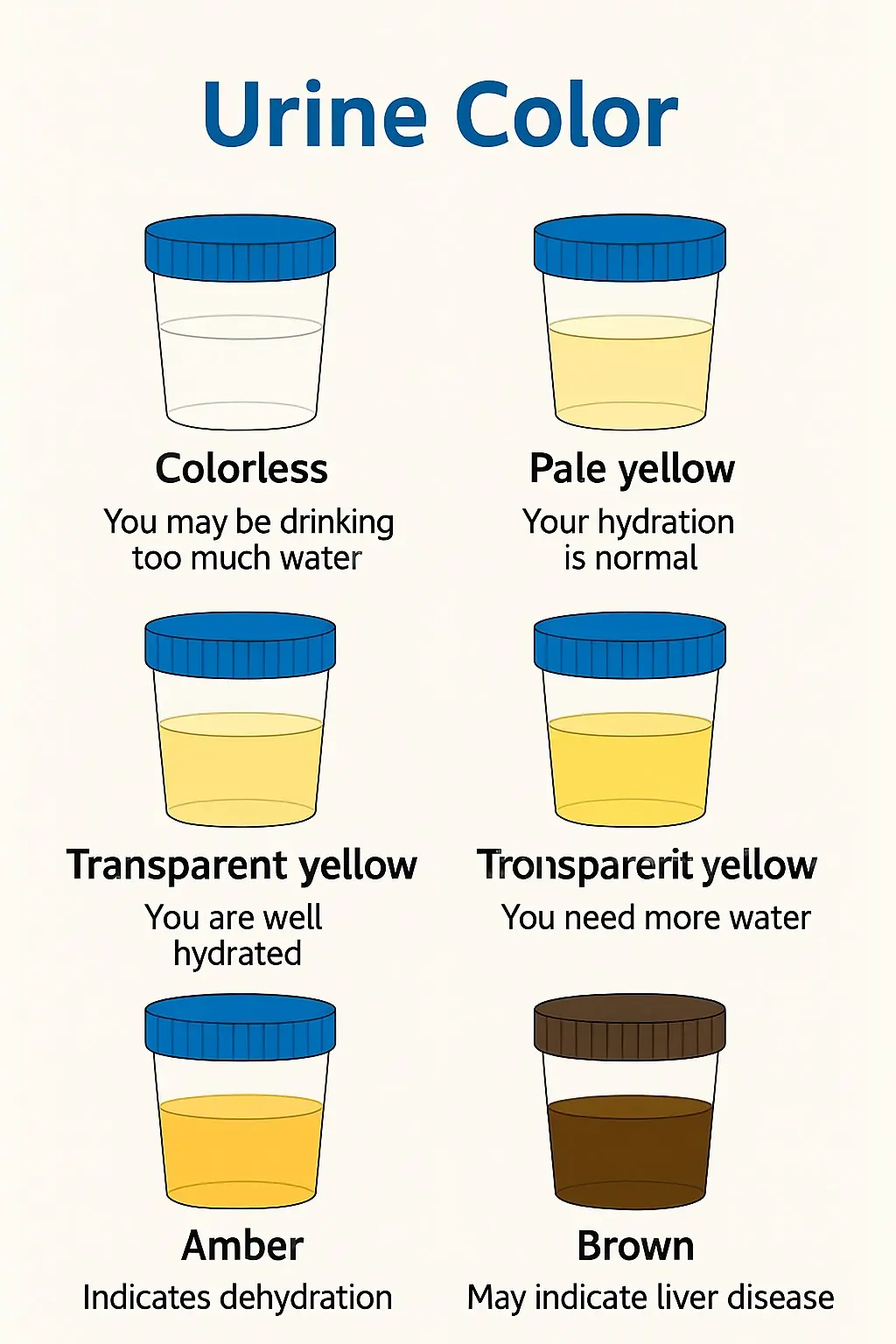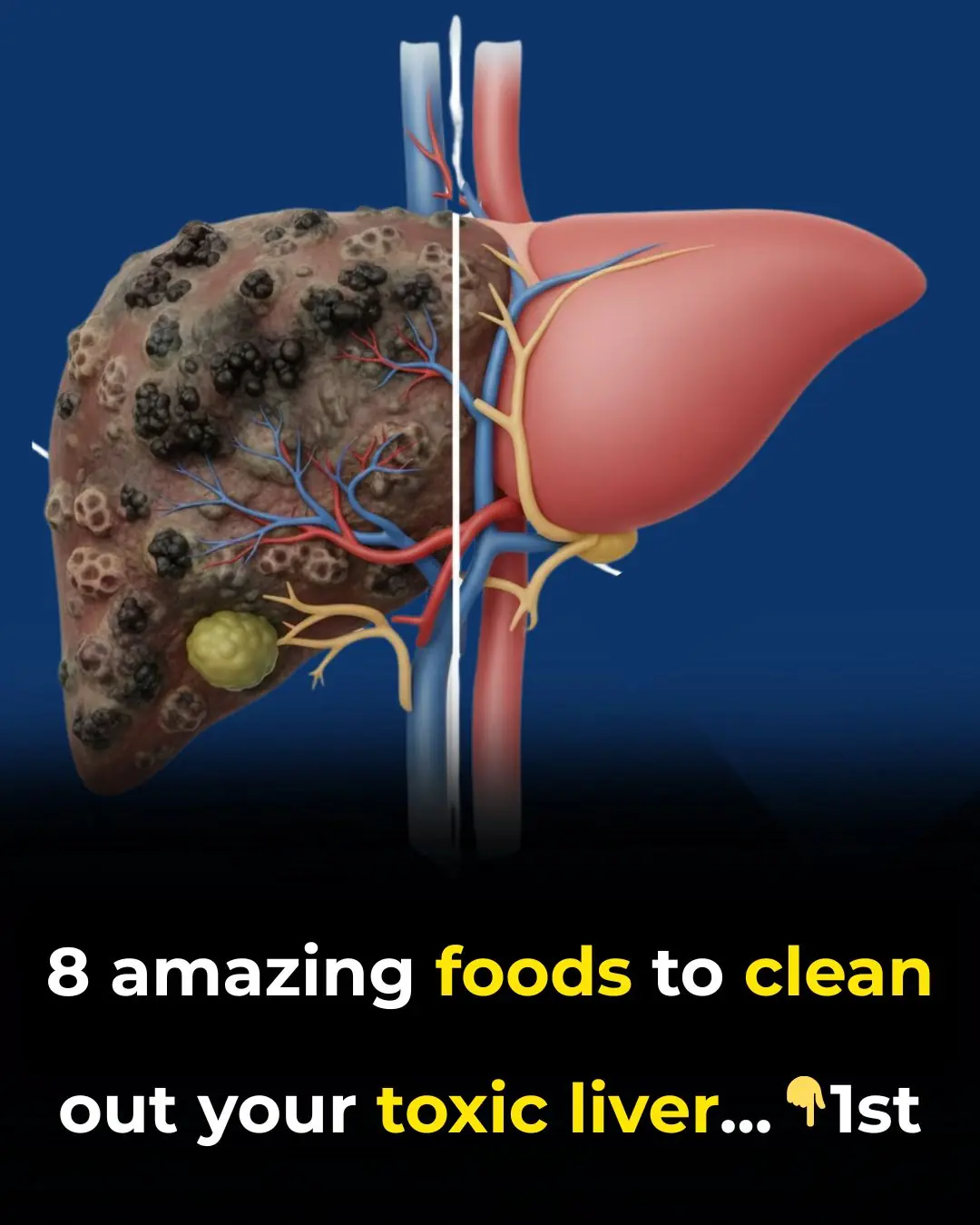
Blood Type O Diet: What to Eat and What to Avoid

The Blood Type Diet, created by Dr. Peter J. D’Adamo—author of Eat Right for Your Type—is based on the idea that your blood group determines how your body reacts to different foods. According to D’Adamo, eating in alignment with your blood type helps improve digestion, increase energy, support weight loss, and enhance overall health.
Because blood type O is the most common, here’s a breakdown of what the diet recommends for people with O positive and O negative blood.
What Defines Blood Type O?
Blood type is based on the presence of antigens and antibodies:
-
Antibodies help your immune system identify and destroy foreign substances.
-
Antigens sit on the surface of red blood cells.
Blood group O has no antigens, but has both anti-A and anti-B antibodies. That’s why type O blood can be donated to any of the major blood groups.
Type O can be:
-
O positive (with the RhD antigen)
-
O negative (without the RhD antigen)
O positive is the most common.
What Is the Blood Type O Diet?
According to D’Adamo, people with blood type O naturally produce more stomach acid, allowing them to digest protein and fat efficiently. Therefore, the diet emphasizes lean meats, fish, and certain vegetables, while limiting grains, dairy, and legumes.
A major theme of this diet is lectins—plant proteins that D’Adamo says can cause inflammation or immune reactions when eaten by the “wrong” blood type.
Although the concept is debated, many followers report improved digestion and energy when adopting this diet.
Foods to Eat on a Type O Diet
1. Protein (Highly Recommended)
Type O individuals thrive on high-protein foods:
Best meats & poultry
-
Beef
-
Lamb
-
Veal
-
Venison
-
Most poultry
Best fish & seafood
-
Cod
-
Herring
-
Trout
-
Mackerel
-
Tuna
These are rich in iodine, which supports thyroid health—a common concern for type O individuals.
🚫 Meats to avoid
-
Pork and all pork products
-
Bacon
-
Octopus
-
Salmon roe (caviar)
2. Beans & Legumes
Certain beans support type O metabolism, while others may disrupt thyroid function.
Best options
-
Black beans
-
Adzuki beans
-
Green/string beans
🚫 Avoid completely
-
Lentils
-
Soybeans
-
Green peas
-
Peanuts and peanut butter
3. Fruits
Some fruits help balance the naturally high stomach acid of type O individuals.
Best options
-
Plums
-
Prunes
-
Figs
-
Occasional cranberries, raspberries, gooseberries
🚫 Avoid
-
Oranges
-
Melons
-
Blackberries
-
Strawberries
-
Kiwifruit
These may interfere with metabolism or increase digestive stress.
4. Vegetables
Leafy greens are especially beneficial.
Best options
-
Kale
-
Lettuce
-
Broccoli
-
Red peppers
-
Okra
-
Ginger root
🚫 Avoid completely
-
Cabbage
-
Cauliflower
-
Brussels sprouts
-
Mushrooms
-
Pickled vegetables
These may interfere with thyroid hormone production or irritate digestion.
5. Dairy Products
Type O individuals generally do not digest dairy well.
🚫 Avoid
-
Milk
-
Yogurt
-
Most cheeses
-
Butter (limit)
-
Eggs (limit)
✔️ Occasionally acceptable
-
Small amounts of mozzarella or butter
6. Grains
According to this diet, type O individuals should minimize grains—especially wheat—because gluten can disrupt insulin metabolism.
Avoid
-
Wheat bread
-
Most grains
Accepted alternatives
-
Rice
-
Quinoa
-
Millet
-
Amaranth
-
Spelt
Other Lifestyle Notes for Type O
-
Most caffeinated drinks and alcohol should be limited.
-
Water, herbal tea, and occasional wine are acceptable.
-
The diet claims to help improve dopamine balance, supporting mood and reducing stress.
Is the Blood Type O Diet Supported by Science?
The diet is controversial. Critics argue:
-
There is little scientific evidence connecting blood type and ideal diet.
-
Improved health may simply come from eating more whole foods and avoiding processed foods.
D’Adamo disputes these critiques, citing research on lectins and metabolic differences between blood types.
Whether or not the science convinces you, many people report positive changes when following the plan.
News in the same category


14 Warning Signs of Low Magnesium Levels and What to Do About It (Science Based)

Top 10 Foods to Heal Knee Pain and Boost Cartilage Naturally

7 nutrients that actually repair nerves

This one vitamin could help stop you from waking up to pee every night

The Cold Room Sleep Trick That Can Transform Your Health

Why You Keep Waking Up at Night

Research reveals the #1 vitamin for eye protection

What Your Urine Color May Be Telling You (Gently & Naturally)

Soothe Leg Pain Naturally: Garlic & Clove Remedy for Joints, Circulation, and Comfort

Eat Garlic — But Avoid This Common Mistake! | 95% of People Don’t Know This Simple Trick

Home Remedies For Kidney Stones – 21 Remedies For Effective Pain Relief

Eat One Clove of Garlic Every Morning on an Empty Stomach – and Watch These 12 Health Benefits Unfold!

Never do this when flying; many people have ruined their lives because they didn’t know better

Public Health Experts Stress Vaccination as Key to Preventing Severe and Long COVID

People who are about to be affected by cancer often show three unusual signs in the neck; even having just one of them can be a warning for your health

4 vitamins to reverse neuropathy and damaged nerves – relieve foot & hand pain fast!

8 Amazing Foods To Clean Out Your Toxic Liver

Stem Cell Breakthrough Offers New Hope for Reversing Diabetes in Early Human Trials
News Post

Capri’s Awakening: The Little Foal Who Forgot How to Join the World.

The Day a Cheetah Looked a Man in the Eyes — and Changed How We See the Wild Forever.

I Didn't Tell My Husband's Family I Speak Their Language, and It Helped Me Uncover a Sh0cking Secret About My Child

How I Exp0sed My Husband’s Li es: A Cheating Anniversary He'll Never Forget

THE CAT THAT BR0KE ALL THE RULES: A POLICE OFFICER'S UNEXPECTED MISSION

Mullein: Exploring the Benefits of Leaves, Flowers, and Roots

Airport X-Ray Scanners Upgrade: Shocking Level of Details

From White Hair to Naturally Darker Hair: Fast Home Remedies & Growth Tips

Teen told he just had ‘growing pains’ dies day after diagnosis

7 Ways To Use Vaseline For Wrinkle Free, Flawless Skin

EVERYTHING JAMES FRANCO SAID ABOUT BEING ‘CAST OUT’ FROM HOLLYWOOD DURING HIATUS

The #1 seed that makes bones & muscles strong—how to use it!

14 Warning Signs of Low Magnesium Levels and What to Do About It (Science Based)

Strictly Come Dancing star eliminated from competition on their birthday

Top 10 Foods to Heal Knee Pain and Boost Cartilage Naturally

7 nutrients that actually repair nerves

Coronation Street's Lucy Fallon shows off huge ring as she announces engagement

MAFS UK’s ‘strongest’ couple split after romantic display at reunion
